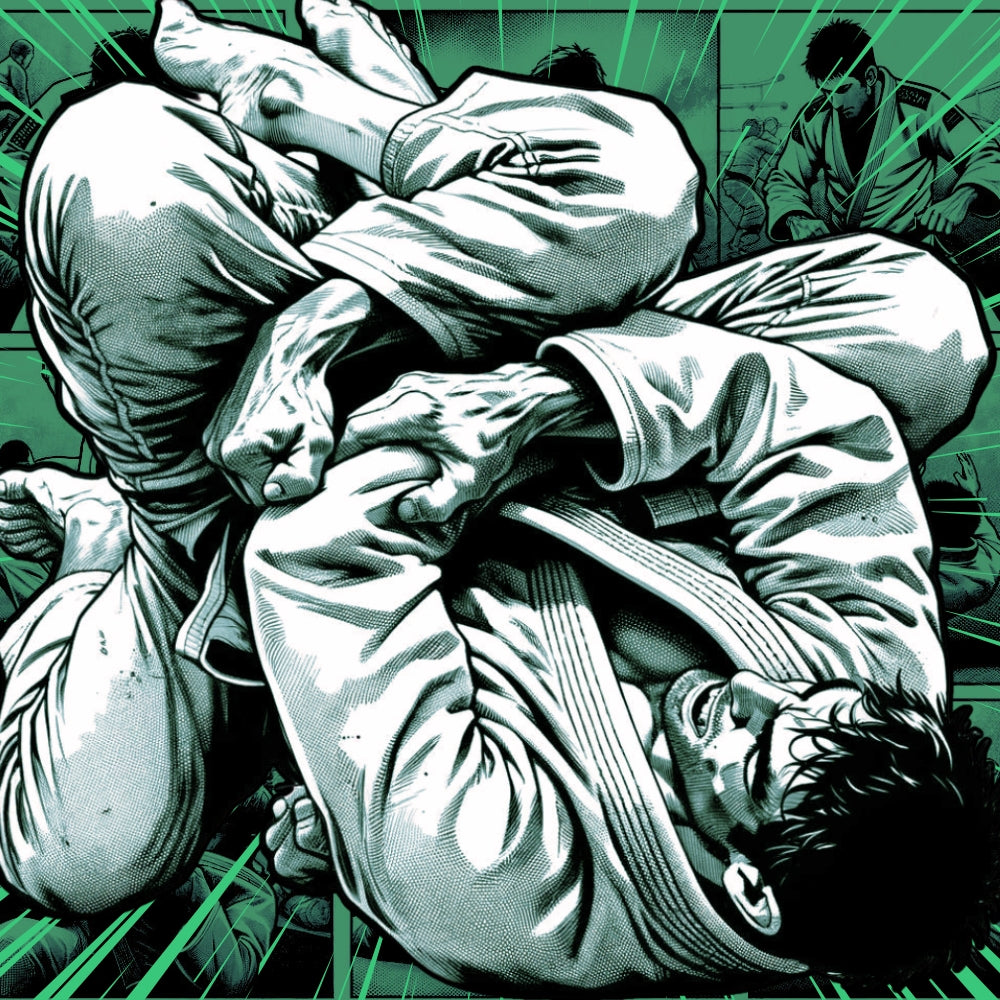The roots of MMA 🌱
The roots of MMA date back to the pankration of ancient Greece, although modern MMA is not a direct extension of this ancient practice. The next significant development took place in Brazil, where Brazilian jiu-jitsu was born from the fusion of wrestling and jiu-jitsu, marking a crucial step towards today's MMA.

MMA and the US🇺🇸
The role of the Gracie family in the diffusion of MMA is indisputable, thanks in particular to the Gracie Challenge, an event designed to demonstrate the superiority of their hybrid martial art. It was in the United States, however, that MMA gained popularity, particularly after Royce Gracie's victory in the inaugural UFC in Denver in 1993 , a pivotal moment for the sport's recognition.
The structure of an MMA fight 🤼
When it comes to the structure of an MMA fight, it is designed to integrate the most effective techniques from various martial arts , creating a spectacle that is both intense and captivating. Although controversial and even banned in some regions between 1996 and 2001, MMA was legalized in France in early 2020, a sign of its growing acceptance.

The progress of an MMA fight 💢
MMA combines elements of several martial arts, including wrestling, Thai boxing , and Brazilian jiu-jitsu, practiced in an octagonal cage. Fighters can use striking and ground wrestling techniques, with matches typically lasting 3 rounds of 5 minutes or 5 rounds for championships. Victories can be achieved by knockout , submission , or referee decision .
Consult the rules of MMA
MMA training 🏋️♀️
MMA training requires diverse preparation, combining foot-and-fist boxing and ground techniques, mainly from Brazilian jiu-jitsu. Striking, clinching and grappling skills are essential , borrowed from various arts like Muay Thai, Judo and Karate, ensuring that no two MMA fights are the same, with each fighter bringing their own specialties and strategies to the ring. .






